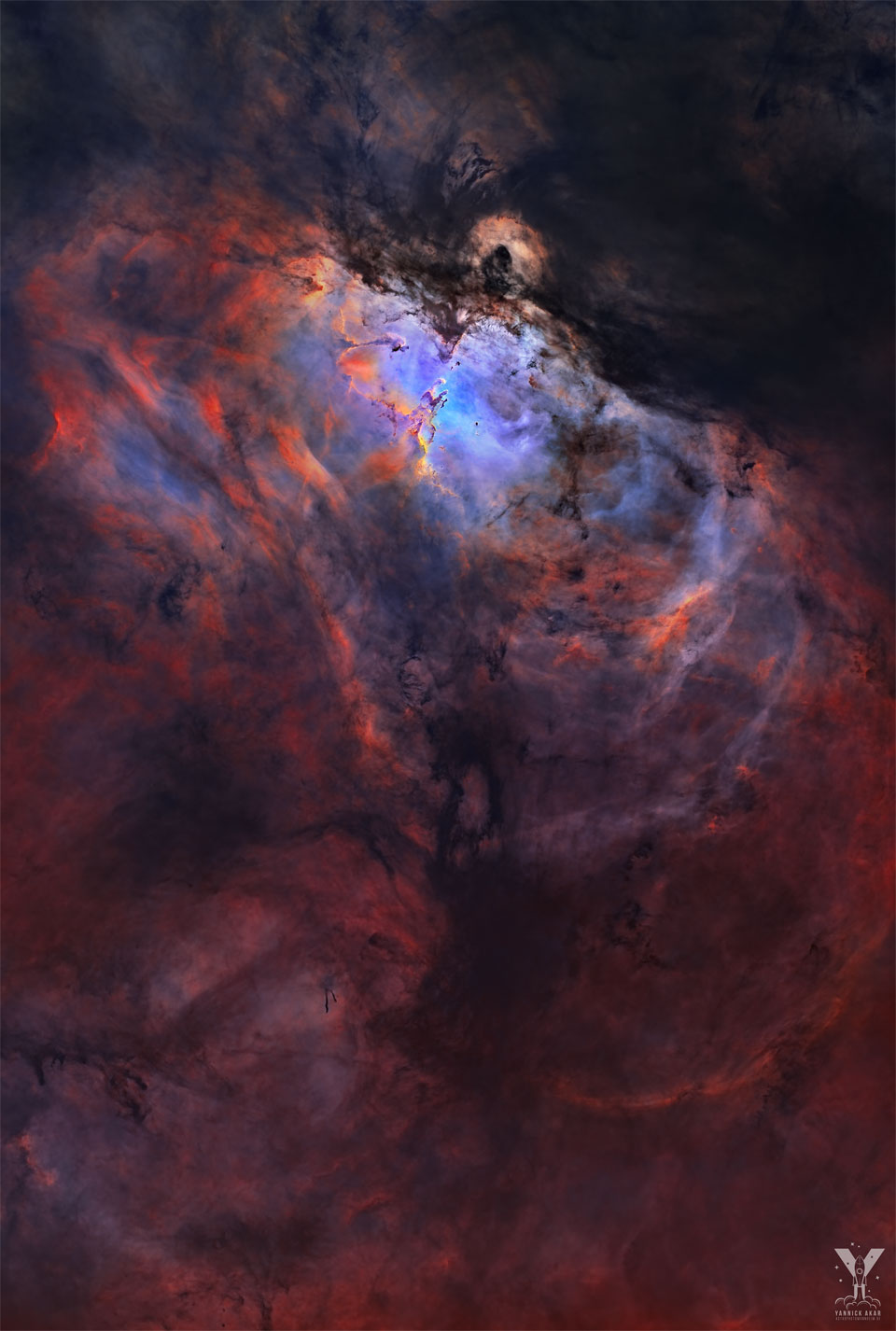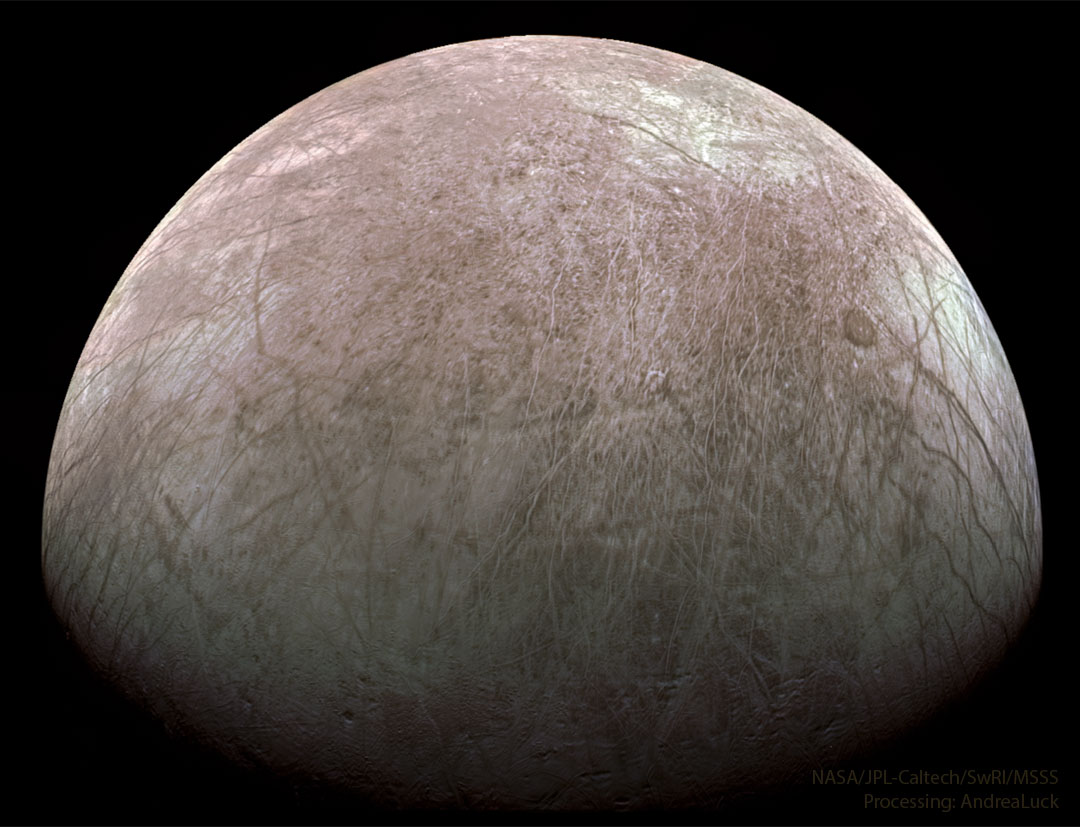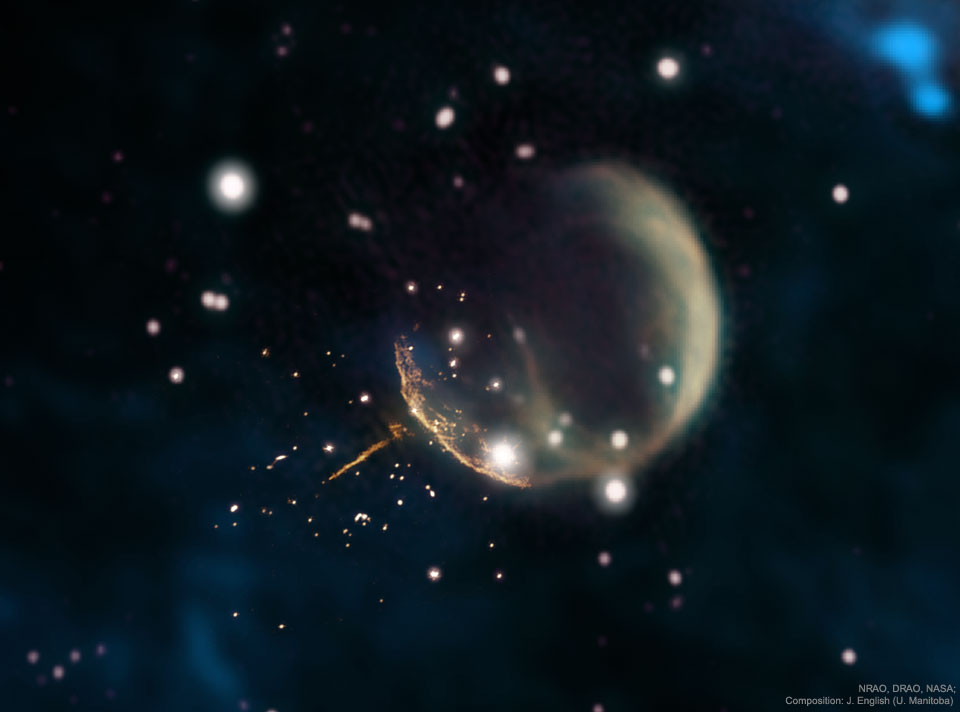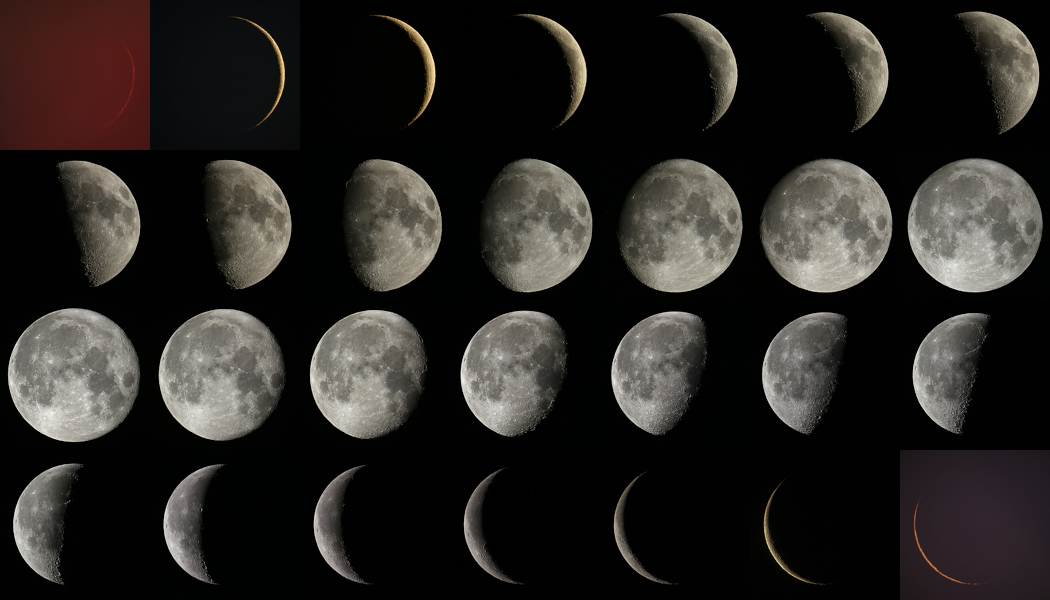NASA’s SpaceX Crew-4 astronauts will answer media questions at 11:55 a.m. EDT Tuesday, Oct. 11, about their time aboard the International Space Station. The event takes place prior to their return to Earth later this month.
from NASA https://ift.tt/JsITNgF
via IFTTT







